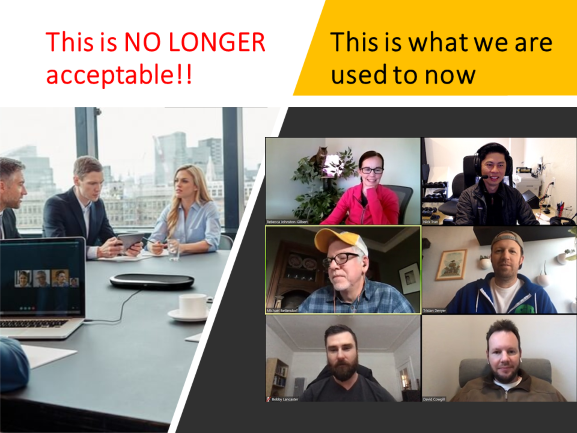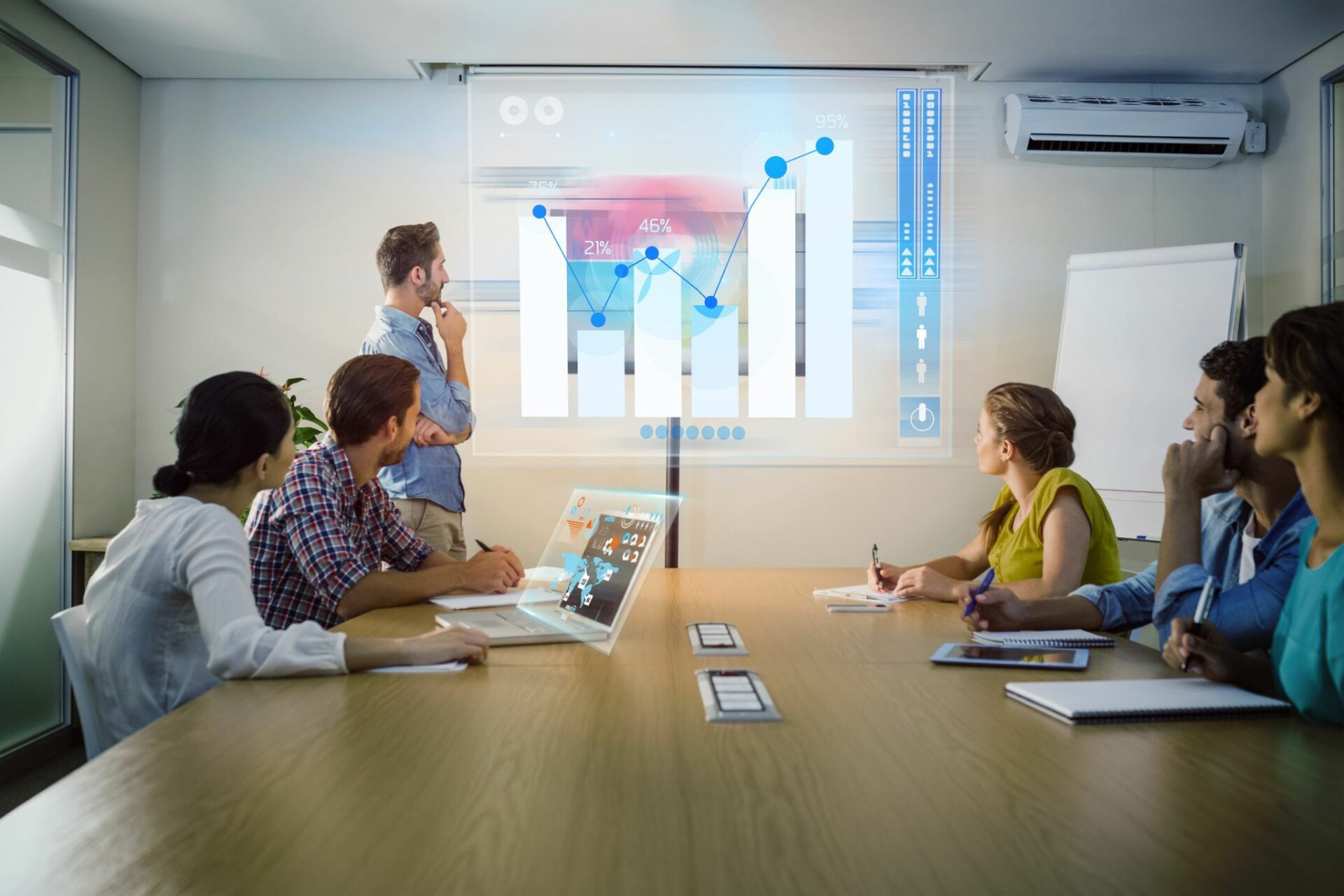Video Conferencing Part II
Welcome to another edition of Tech Talks with Konnectus. And today, we’re going to be talking about part two of our three-part video conferencing series. We’re focusing today on the actual different types of spaces where you can do video conferencing meetings. Now, there are six types and the first type Jonathan, tell us about it. Yes. So, the first type is the Full Telepresence Room and, what this is, is a specially designed room. It’s really only ever used for video conferencing. Now these rooms have furniture, which is placed in a specific way to simulate an across the table meeting experience. The lighting and acoustics of these spaces have also been carefully calculated for optimal performance. Really, this quality of experience is as close as we can get to a face to face meeting. Absolutely. They’re also very expensive those types of rooms. The next type is, I guess the next level down in terms of quality and experience, but still very high, is the dedicated video conferencing room. And here we’re actually designing the entire room, we’re looking at the acoustics, the lighting, the furniture lay out, the equipment locations, we’re optimizing everything for, you know, that really high quality experience very similar to telepresence but probably, just one level in down in terms of the cost for the customer. Sure. So, that’s right.
So, what about the next one? It’s this kind of like a next step down again and this is the multi-purpose meeting room or training room. And this is a typical style meeting room or training rooms that has video conferencing but it’s not its main purpose. So, we see these kinds of rooms all the time, where people put in video conferencing into these spaces but there is typically a compromised experience. This is because there’s so many variables, you know, acoustics, lighting, furniture lay out, and even where the equipment such as LCDs and cameras is located. Nothing is optimized, and this leads to a compromised experience. Definitely.
So, the next level of space is the Huddle Space, and these we’re seeing all the time Jonathan, you know, in the modern workplace or organization. They might be enclosed or semi-enclosed, and usually seating somewhere between two to three people even sometimes up to five to six people. The idea is that the small group, sort of, works together collaboratively and is looking at one, sometimes two screens. The meetings are quite short though, you know, thirty minutes, sixty minutes at the most, not there for long time. The quality is not really of the utmost importance. It’s more about getting in and out, and having some communication using video. And yeah, these have just become more and more popular. Absolutely. I supposed the next extension from that is really taking it out of a meeting room or group situation and going to the desktop environment. As the name suggests, this is done at the desk or the workstation, and this typically includes your desktop PC or laptop and a webcam. And it’s normally for one person. Now, the quality is not of a high standard but, what its real goal is, is to facilitate fast and cost-effective ad hoc communication between staff members, and it does this really well. Absolutely.
And then the final version of video conferencing, and I call it version because it’s not true video conferencing but there is video communication, and that’s mobile. So, I’m talking about laptops, tablets, phones and isn’t it a beautiful technology these days? It wasn’t long ago where we are only just had mobile phones and now you can actually, you know, make a little video calls whether they be consumer grade with a Skype or Facetime type product, or even using high quality products from Cisco or Polycom or even Microsoft’s Skype for Business is very good one. Again, the goal here is not the quality of experience, it’s just to put some video communication into the mix so we can do it quickly, on the road, and you know, it might just be three or four-minute call. Maybe up to 20 minutes, but definitely not more than that if you’re looking for effective video communication.
I think that wraps up part two of our Video Conferencing series. In the next part, we’re going to be looking in more detail on how to actually optimize the design of a video conferencing room. For more great tech talks, or free consultation, visit us at konnectus.com.au.


